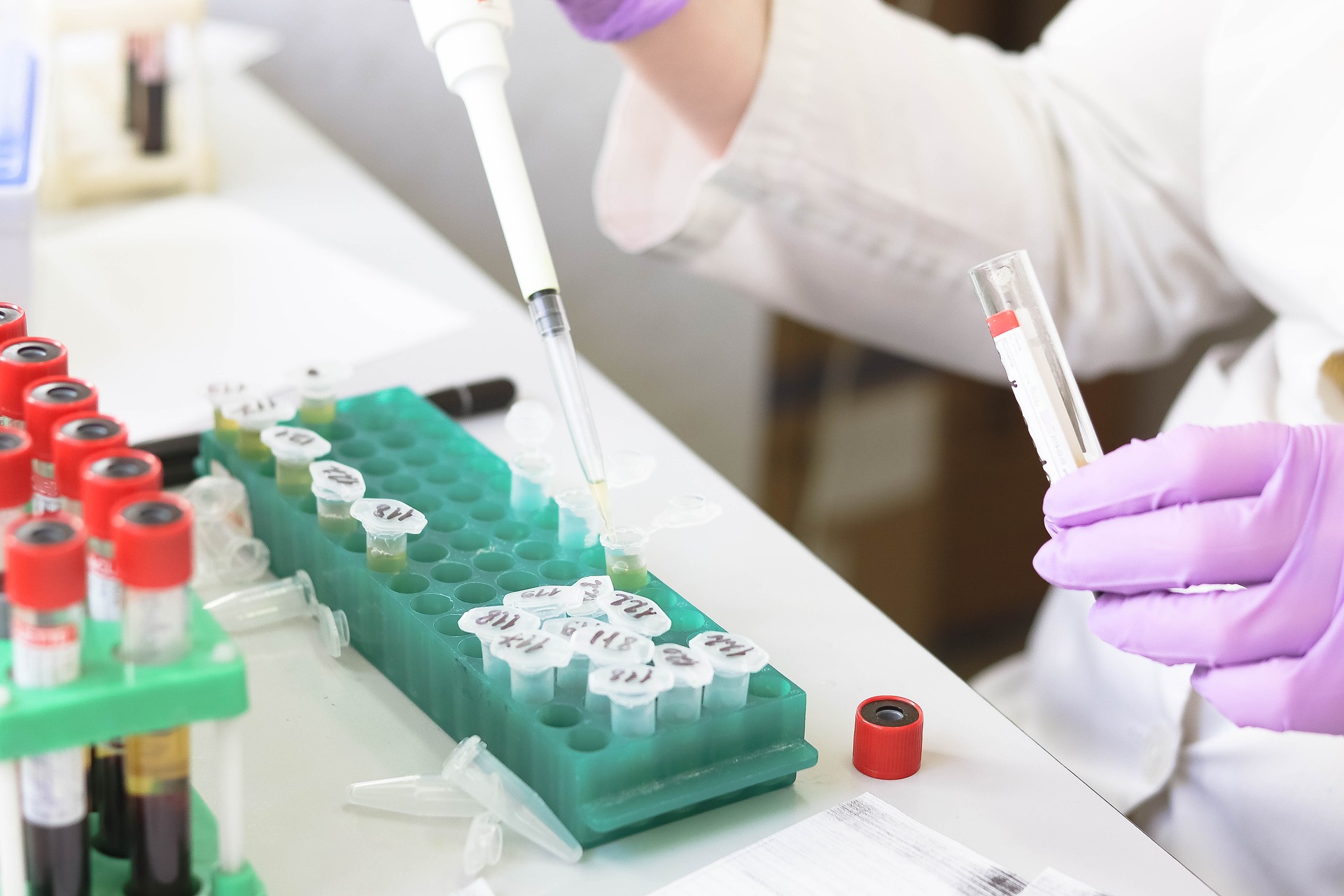IVD material development is a process to produce an IVD test kit of a product. In IVD material development, manufacturers develop and validate their tests from the raw materials they have in hand.
IVD material development involves six steps:
1) Selection of a kit format (e.g., tests on blood). The first step is to determine which type of test/kit format should be developed for each target analyte. It is desirable to select an established format that has already been marketed and thus receives extensive user feedback or other evidence of clinical utility that can guide performance optimization efforts if any are required. This typically eliminates the need to develop “from scratch” new formats for quantitation reagents. If there is no existing kit available, it may be necessary to create one from scratch based on the source(s) of interest.
2) Selection of control materials: Based on the information gathered about an analyte and its sources, it is possible to select existing QCRMs, if any are available, based on their relative performance with known source materials. This would involve testing QC samples for primary reference standards against all potential sources, e.g., serum or urine from different donors or cell lines. At the same time, it will be important to determine if this particular assay format may require new types of control materials that have not been used previously in IVD assays for this purpose.
3) Development and qualification of reference material: Reference materials are developed under tightly controlled conditions at independent laboratories. A common practice is to use serial dilutions of an established QCRM as the source material for creating a new test kit or method for some analyte(s). These reference materials are eventually subjected to rigorous testing in multi-laboratory proficiency programs such as those provided by NIST (USA), CUP (Europe), BIPM (International), and others.
4) Development of a standard operating procedure (SOP): Once a new test/method has been developed and qualified; a formal SOP should be written to guide its use in routine laboratory practice. The SOP will include how samples must be handled from patient collection through final reporting and critical quality control parameters such as which QC materials should be run with each lot of samples during daily or periodic testing.
5) Establishing a performance evaluation program: A well-established performance evaluation program should be established to collect evidence of reproducibility/consistency for each new method developed, mainly if it represents an advancement over currently available tests. The results of these evaluations are best presented in the form of receiver operating characteristics (ROCs), which allow one to determine how well a test identifies patients with various levels of severity or risk.
6) Dissemination of information about the new test to potential users: Once a new assay is developed and approved by the laboratory, it should be promoted as widely as possible to health care providers or their patients who might benefit from this knowledge. This can be done through various publications/websites and collaboration with other groups able to promote its use.
Although these steps are pretty straightforward, numerous decisions have to be made at the various laboratories that take part in the process.






